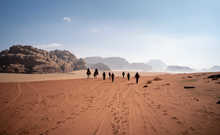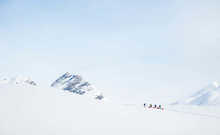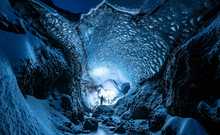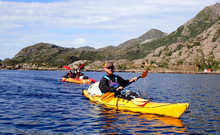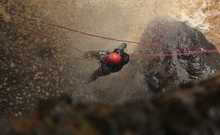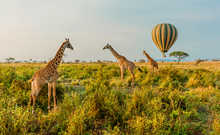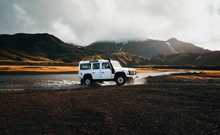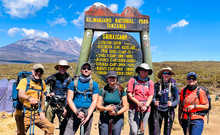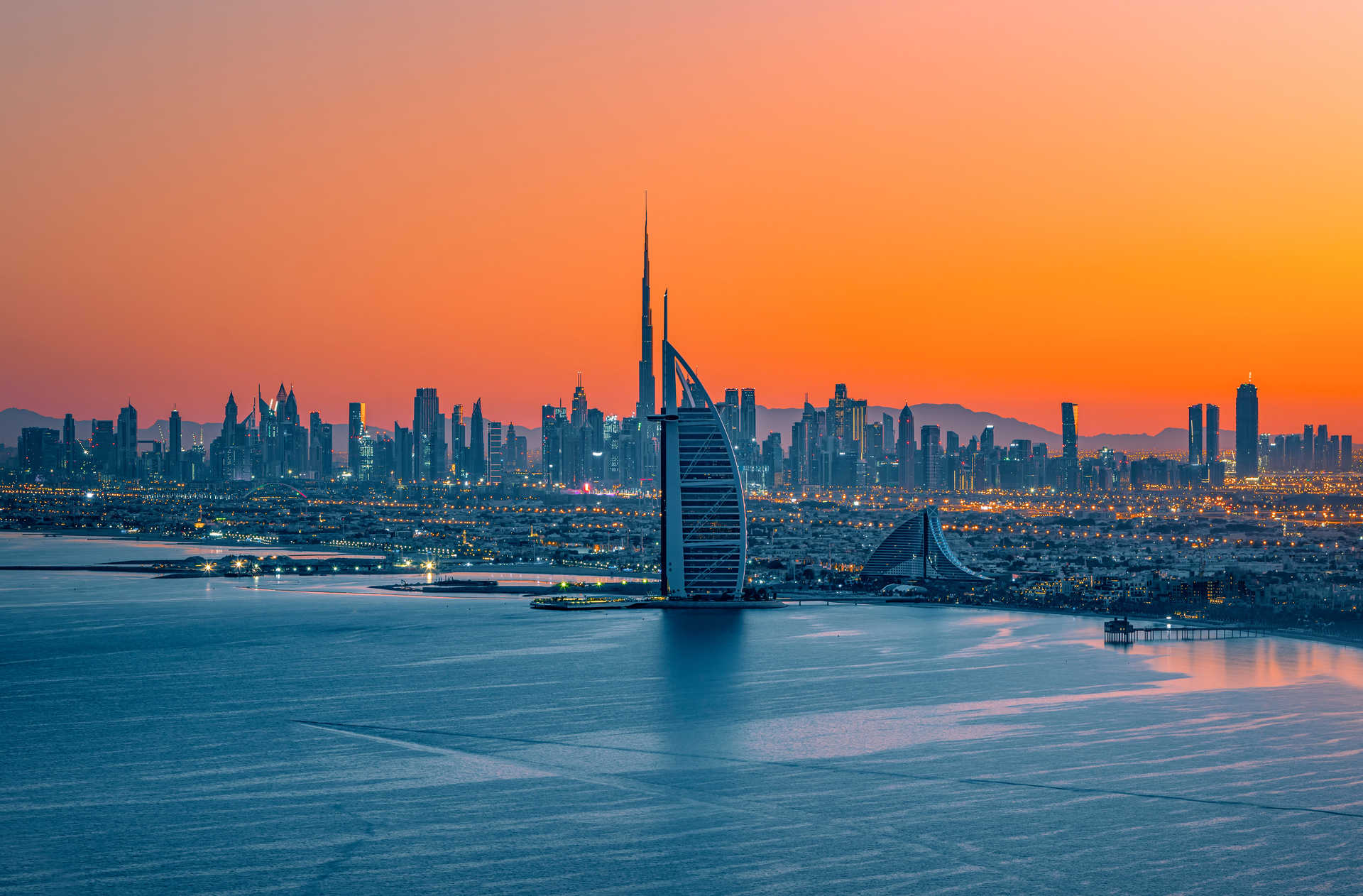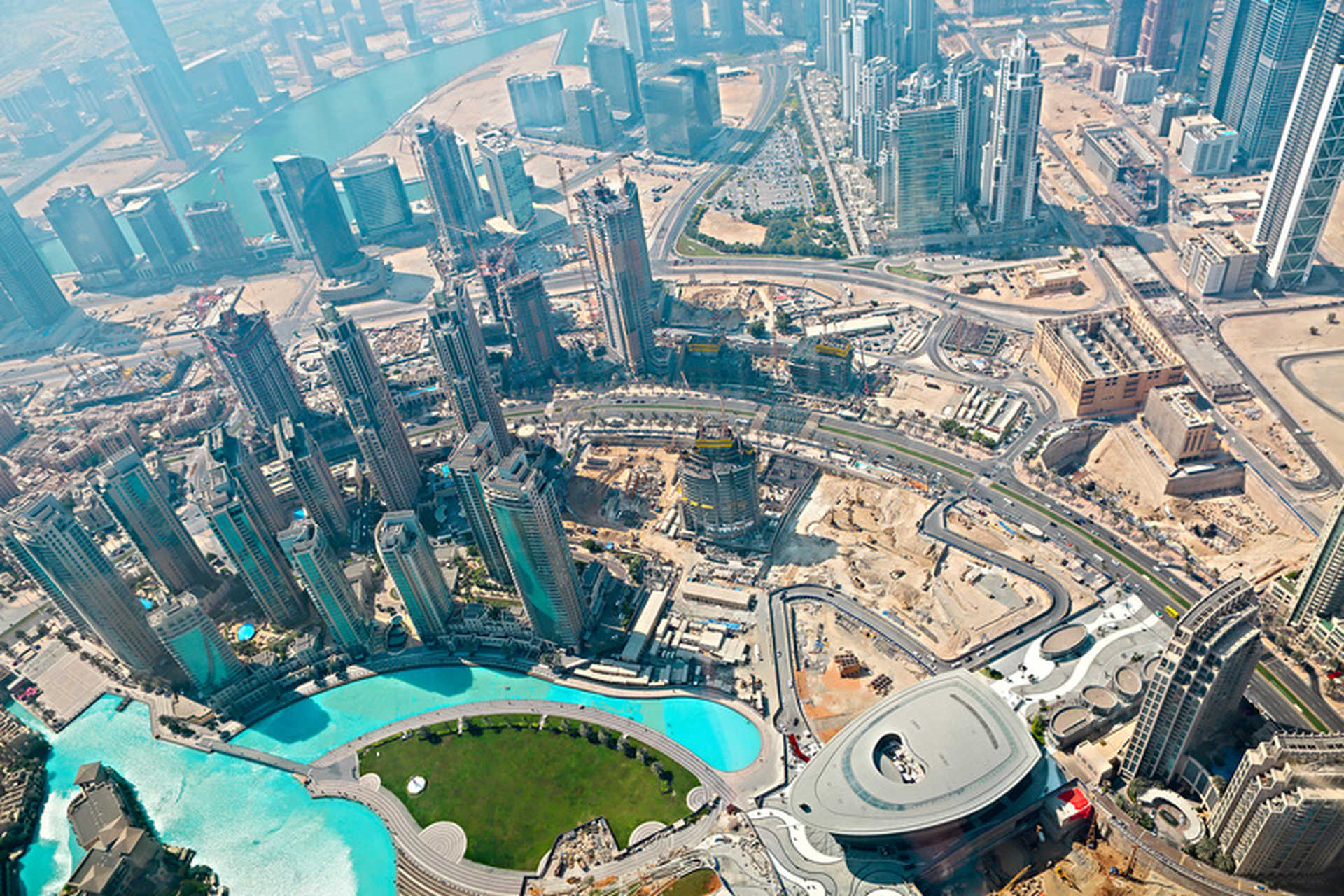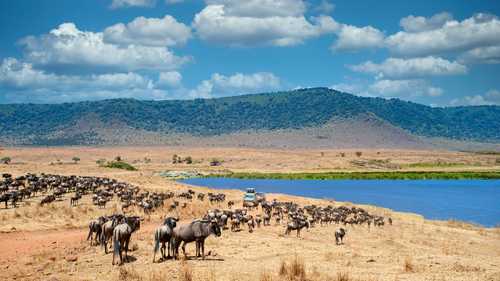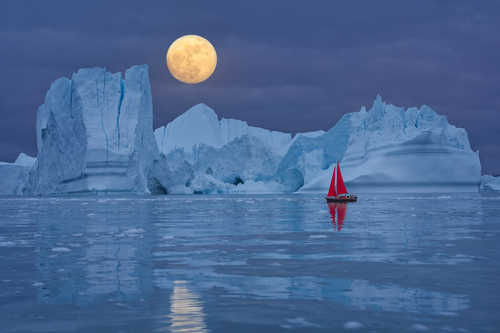
Geography
Dubai is a modern city located on the southeast coast of the Arabian Gulf, covering an area of around 4,114 sq km. It sits within the United Arab Emirates and has grown rapidly into a global hub, with much of its population concentrated along the coastline. While Dubai is famous for its skyscrapers and luxury developments, around it lies a vast desert landscape that dominates much of the region’s geography.
To the south and east of the city stretches the Arabian Desert, made up of golden sand dunes, sparse vegetation, and dry wadis. This arid terrain forms part of the larger Rub' al Khali, or Empty Quarter—one of the largest deserts in the world. Inland, the landscape becomes harsher and more remote, but desert wildlife like oryx, foxes, and camels still roam freely. To the northeast, the rocky Hajar Mountains rise sharply, marking the edge of the desert and offering a rugged contrast to the flat plains. Dubai’s geography is shaped by its extreme climate and limited natural water sources, yet it continues to thrive through careful planning and innovative infrastructure.
